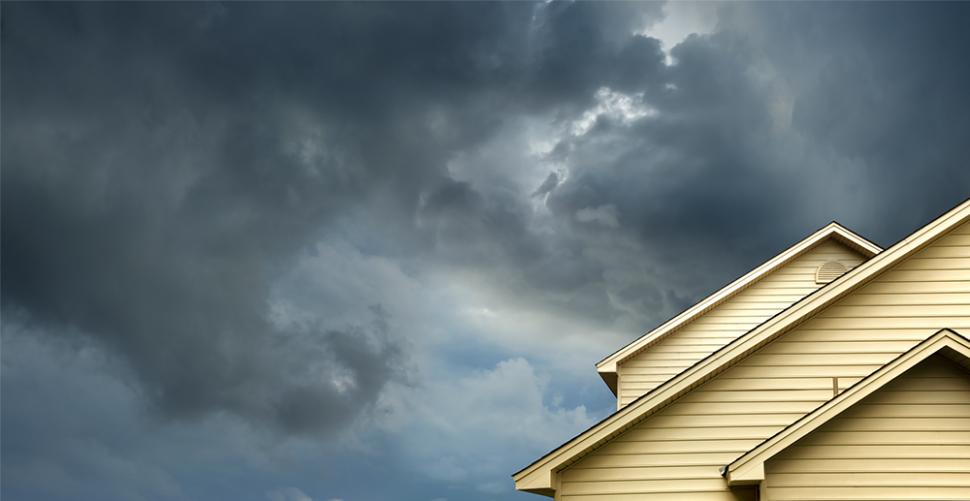Storms are unpredictable, and so is their damage.
- Prepare before the storm
- After the storm make sure to inspect any damage left behind
Before The Storm
Sump Pump
If you have frequent flooding or have a home with a basement below grade, a sump pump is one way to keep storm waters outside of your home. The sump pump activates automatically, pumping water out as quickly as it runs in. At least, that happens when everything is working properly. When a storm is rolling in, take a few minutes to make sure your sump pump is actually up and running. Pour some water into the drain with the pump and watch it turn on. The float should move freely and activate the pump as soon as the water reaches the right level.
Septic System
If you are not on a city sewer system, you likely have an underground septic tank. If there are any clogs or backups in the system, the sudden addition of rainwater can cause sewage to back up through the lines and into your home. Before the storm season starts, it’s a good idea to schedule plumbing service for your septic tank, particularly if you notice any strange odors, slow drains, or clogged toilets. All of these may be symptoms of a larger problem that will only be exacerbated by heavy rainfall.
After The Storm
Look for downed tree branches, piles of dirt or leaves, and any pooling water that may be causing or covering up any damage (i.e. gutters).
Then check all of your plumbing for problems:
- Make sure none of the faucets are leaking,
- That all drains appear to be functioning normally,
- Flush all of the toilets in the house and make sure they are in good working order,
- Check on the hot water heater
Unsure about some issues you are seeing? Need emergency plumbing assistance after the storm? Call Dan’s Plumbing today!
And remember, the faster you schedule plumbing service, the less damage to your property and the less danger to your things.


